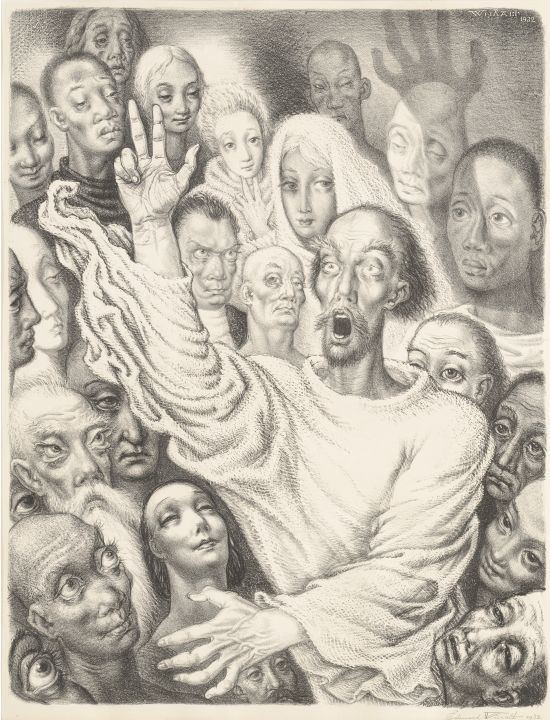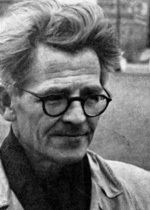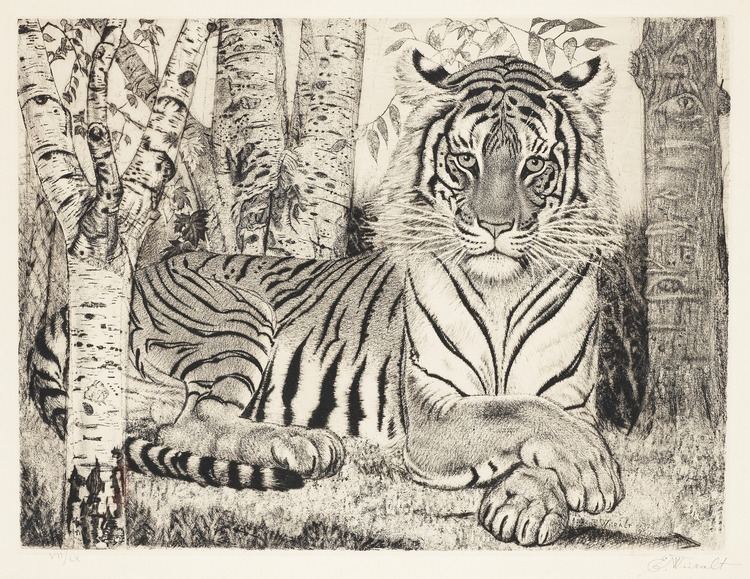Name Eduard Wiiralt | ||
 | ||
Education Academy of Fine Arts Dresden Books 12 prints, Eduard Wiiralt, 1898-1954. [An Exhibition Catalogue. With a Portrait and Reproductions.]. Similar Nikolai Triik, Rudolf Pangsepp, Eric Pehap | ||
Les trangers paris eduard wiiralt
Eduard Wiiralt (real name, Eduard Viiralt; March 20, 1898, Saint Petersburg Governorate – January 8, 1954, Paris) was a well-known Estonian graphic artist.
Contents

In art history, Wiiralt is considered as the most remarkable master of Estonian graphic art in the first half of his century; the most well-known of his works include „Inferno”, „Cabaret”, „Heads of Negroes”, „Sleeping Tiger” and „Head of a Camel”.

Eduard wiiralt viljandi maastik ja lamav tiiger
Life

Eduard Wiiralt was born in the St. Petersburg province as a son of estate servants. In 1909, the family moved to Estonia, where the father was employed in the Varangu estate in the Järva County. Wiiralt did not graduate from the Tallinn Art Trade School due to the start of the German occupation and revolution.


Viiralt continued his studies in Tartu in Pallas in the sculpture studio of Anton Starkopf in 1919. The studies were interrupted by participating in the Estonian War of Independence. In 1922–1923, Wiiralt continued his studies, as a grantee of Pallas, in the Dresden Academy of Art in Germany under the supervision of Professor Selmar Werner. Wiiralt returned to Tartu in the fall of 1923. In 1924, Wiiralt graduated from Pallas as a graphic artist and a sculptor, and for a while, he worked there as a lecturer.

In the years 1925–1939, he lived in Paris where he created his etching Hell, but returned to Estonia thereafter. He survived World War II in Estonia. Wiiralt left for Sweden in 1945. The artist ultimately returned to Paris in the fall of 1946. At the end, he lived in the southern part of the city, Sceaux, at Rue Houdan 61. Eduard Wiiralt died at the age of 55 in Paris, in the Danncourt hospital due to gastric cancer and was buried in the Père Lachaise Cemetery on 12 January 1954.
